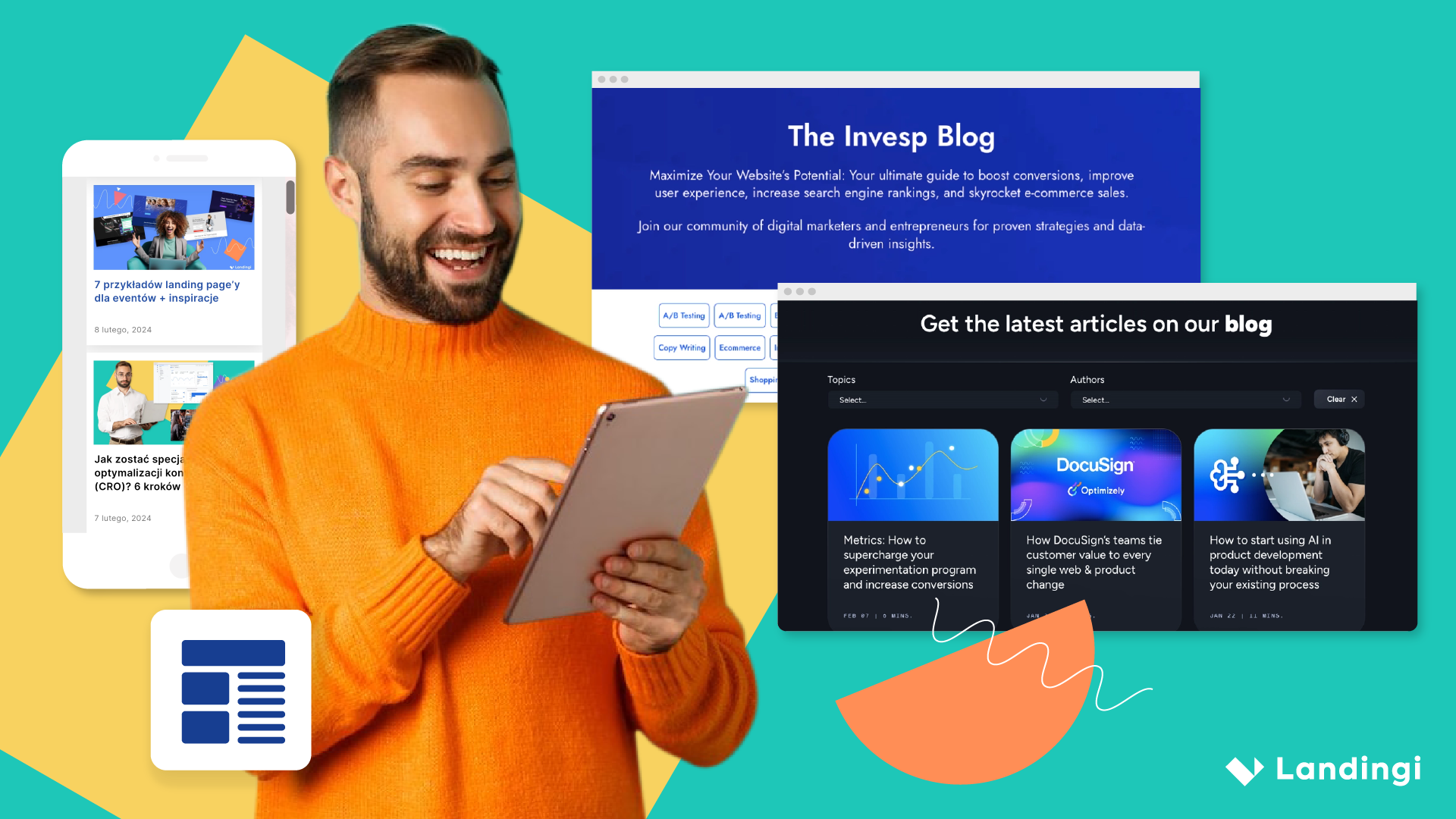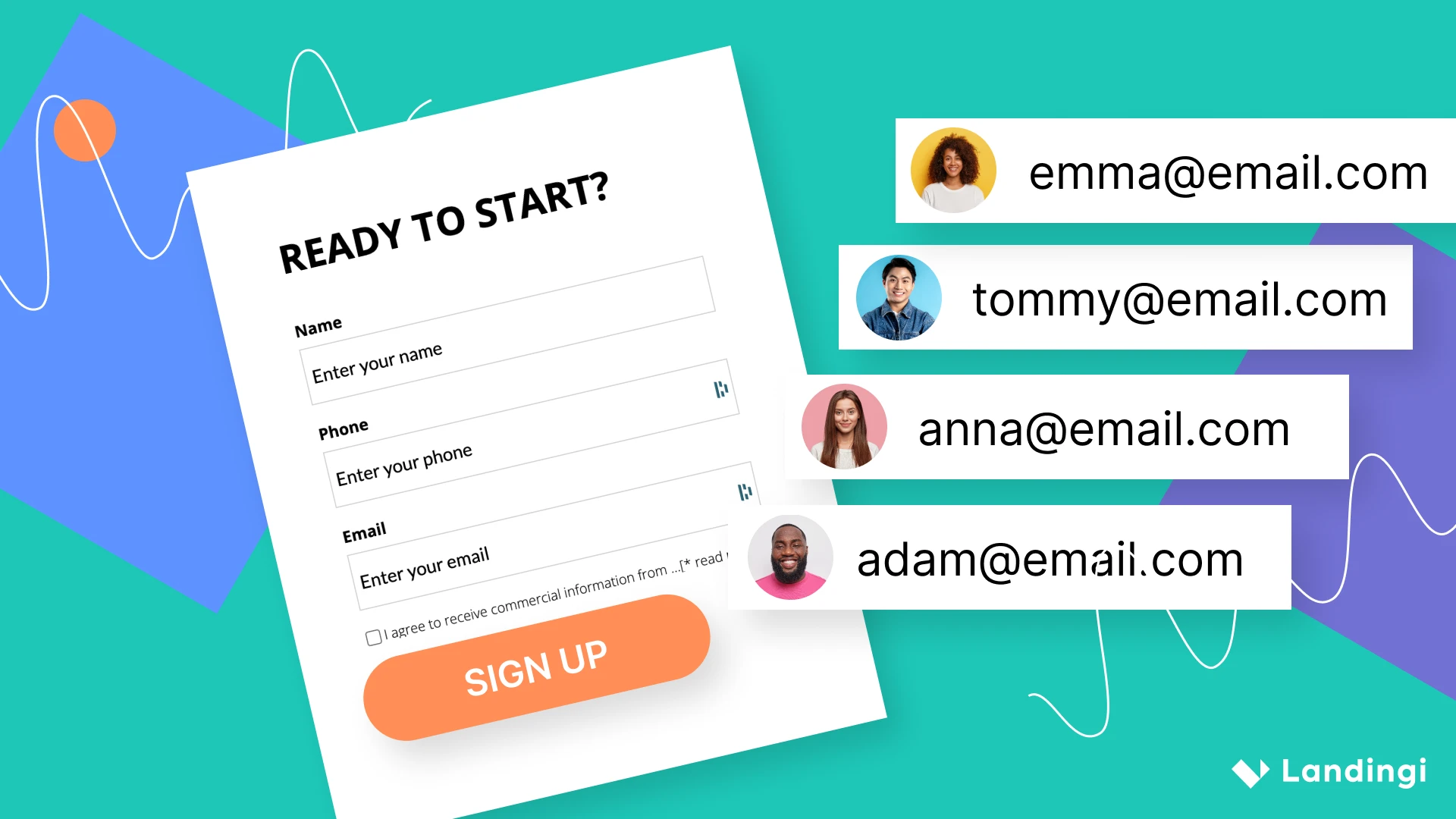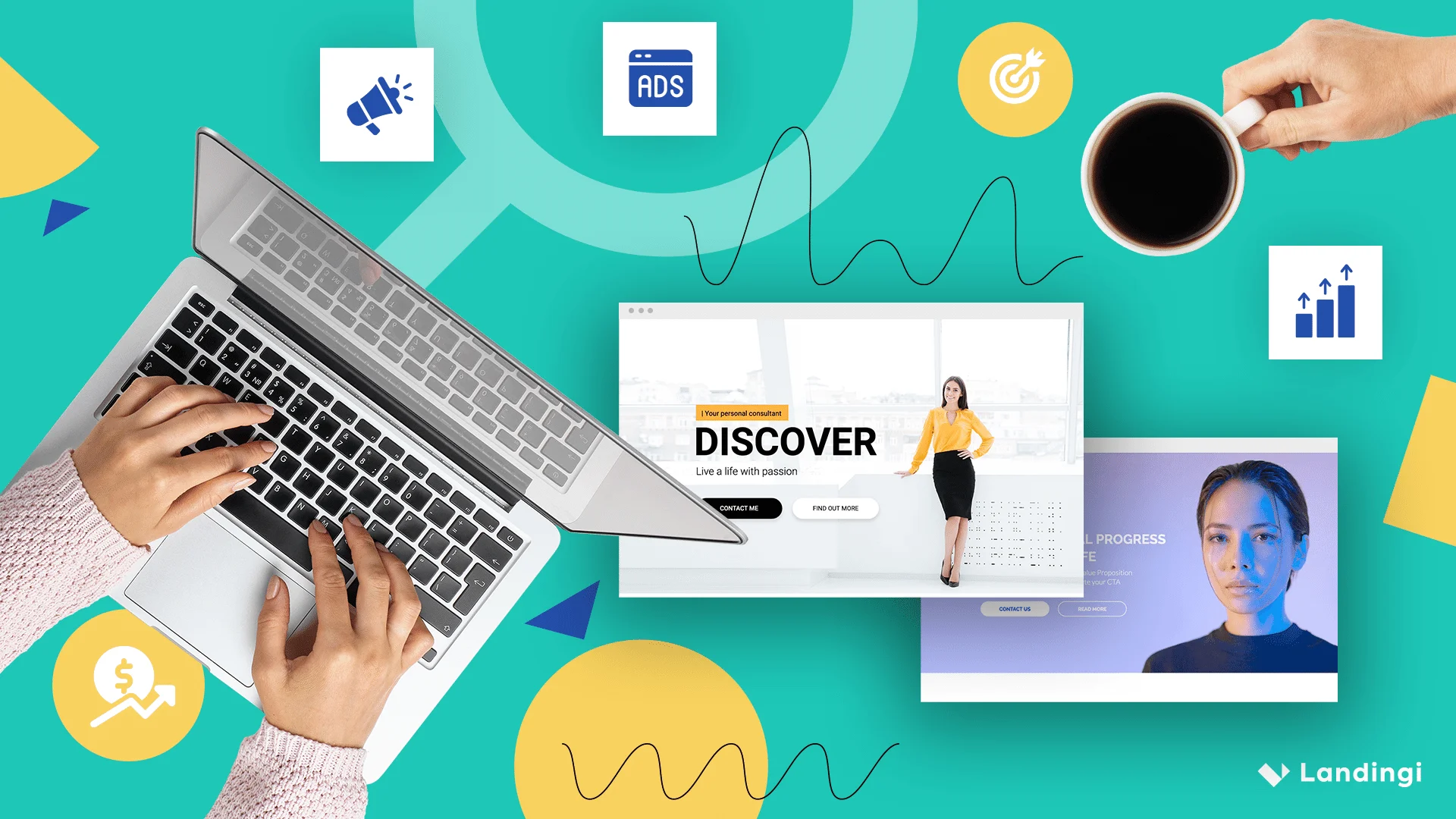There is one common question and a potential problem for everyone who uses landing pages with forms to collect leads. “How do I get more?”. It is evident that when we’ve put effort into creating a page, and in the case of landing pages, we invest in the online campaign, we want to get a maximum effect, as many leads as possible. So to speak, to get a bang for a buck.
There are many different ways in which the whole campaign, the ads, and the landing page can be optimized and improved.
Depending on the situation, some will be better than others.
Of course, things like where you run your campaign are extremely important. The same goes for properly targeting your audience – the group of potential clients. Or ensuring that the target landing page properly expands on the information presented in the ad.
Let’s assume you’ve done a great job here. The same goes for the landing page itself. The “call to action” works, and the unique value of your offer is presented in the best way possible.
So… is there anything else we can do to get even more leads?
Quite often, the idea that comes to mind is “the incentive”.
And if we are talking about sales through a landing page, this “idea” will work for most offers. After all, who does not want to get more – you do. After all, you are thinking, “How do I get more leads?”.
So, for sales, the whole concept is more than OK.
But is it when it comes to collecting leads?
Are there any negatives to offering an incentive?
Let’s find out.
What is an “incentive” in that context?
Simply put, it is a “free” offering that your incentive is a sort of prize or reward. Another name or a description you may know it under is a lead magnet. It can be a discount. It can be a pdf or an e-book, anything “extra”, or any type of additional value.
The incentive is offered in exchange for completing the primary CTA, in our case, for filling up the form and leaving the data.
Obviously, all visitors completing the form will get it, but it will work as an additional argument to do it to those who otherwise would not convert.
So… sounds perfect, doesn’t it?
Let’s consider some pros and cons of offering an incentive in exchange for lead data.
Pros of offering an incentive in exchange for lead data
More leads
The conversion rate increase is the most apparent positive outcome that comes to mind. There is more and more awareness regarding personal information and data, etc. We are all more hesitant when it comes to filling up surveys or forms with the likes of name, email, telephone number, etc.
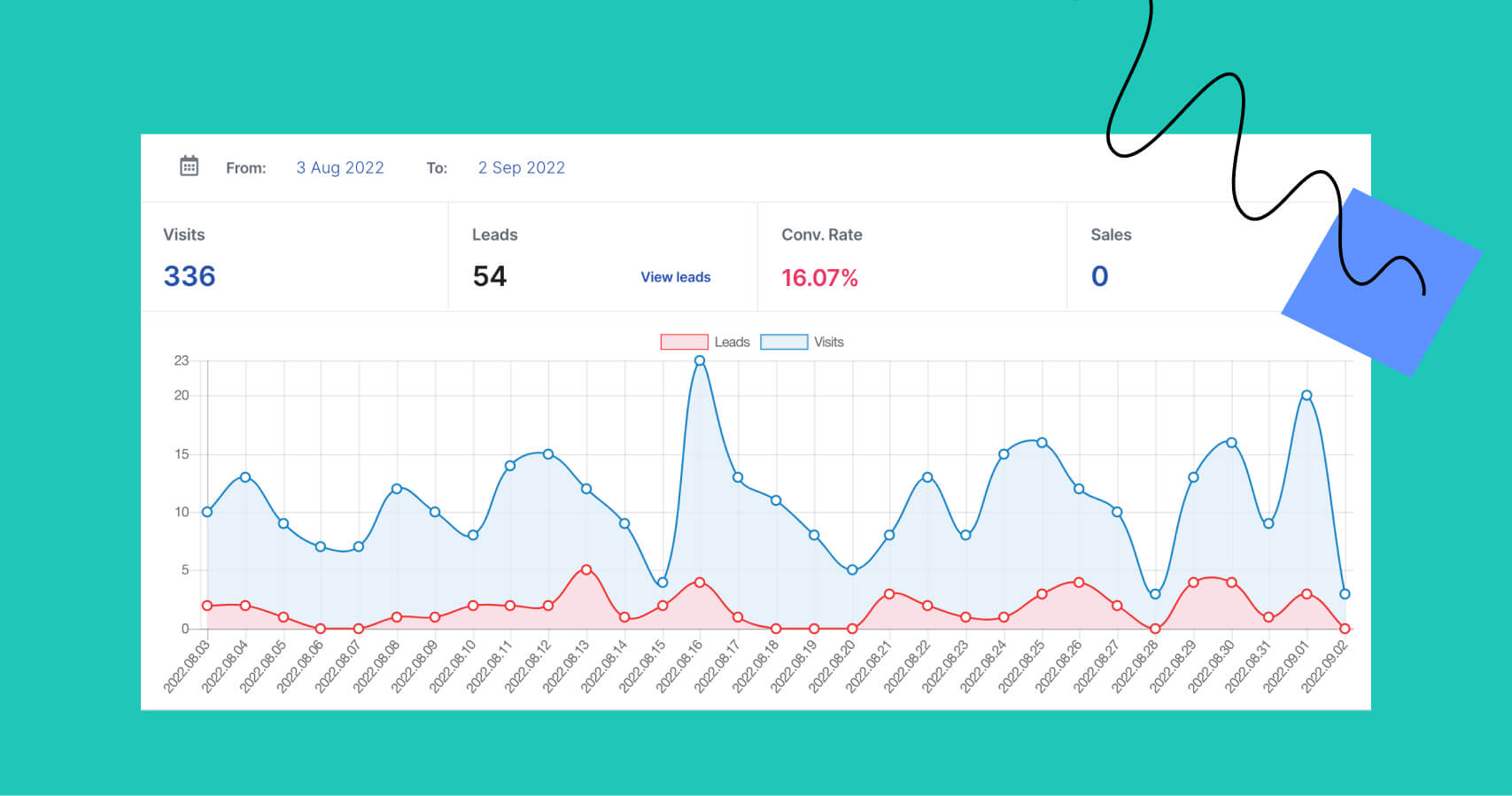
With every passing day, people worldwide are increasingly reluctant to share this kind of information.
However, if it is to be exchanged for a sort of an “instant prize,” not a promise of something we may or may not get one day. Well, for many, this can be a game changer and the final push they need to complete the action.
Getting those who are hard to convert
Depending on the product or service and the brand that stands behind it (is it well known, trustworthy, etc), there may also be a niche of the clients that will be hard to reach otherwise.
For example, professionals in a specific area may be wary of handing over their details to someone they do not know. And even if they might be willing to provide their details… Most of the time, they are simply too busy to pay attention to a simple “Get in touch” button. In their case, a simple PDF with the information they are interested in may do the magic trick. They will get this on the spot in exchange for not only their data but also the time. The time is also a very important aspect influencing the conversion rate and that they need to spend on filling up the form. An asset they will never get back, while – at the same time – having a lot more interesting things to do.
So, if you work with this kind of customers/partners a “worthy” incentive may be a great argument to convince them.
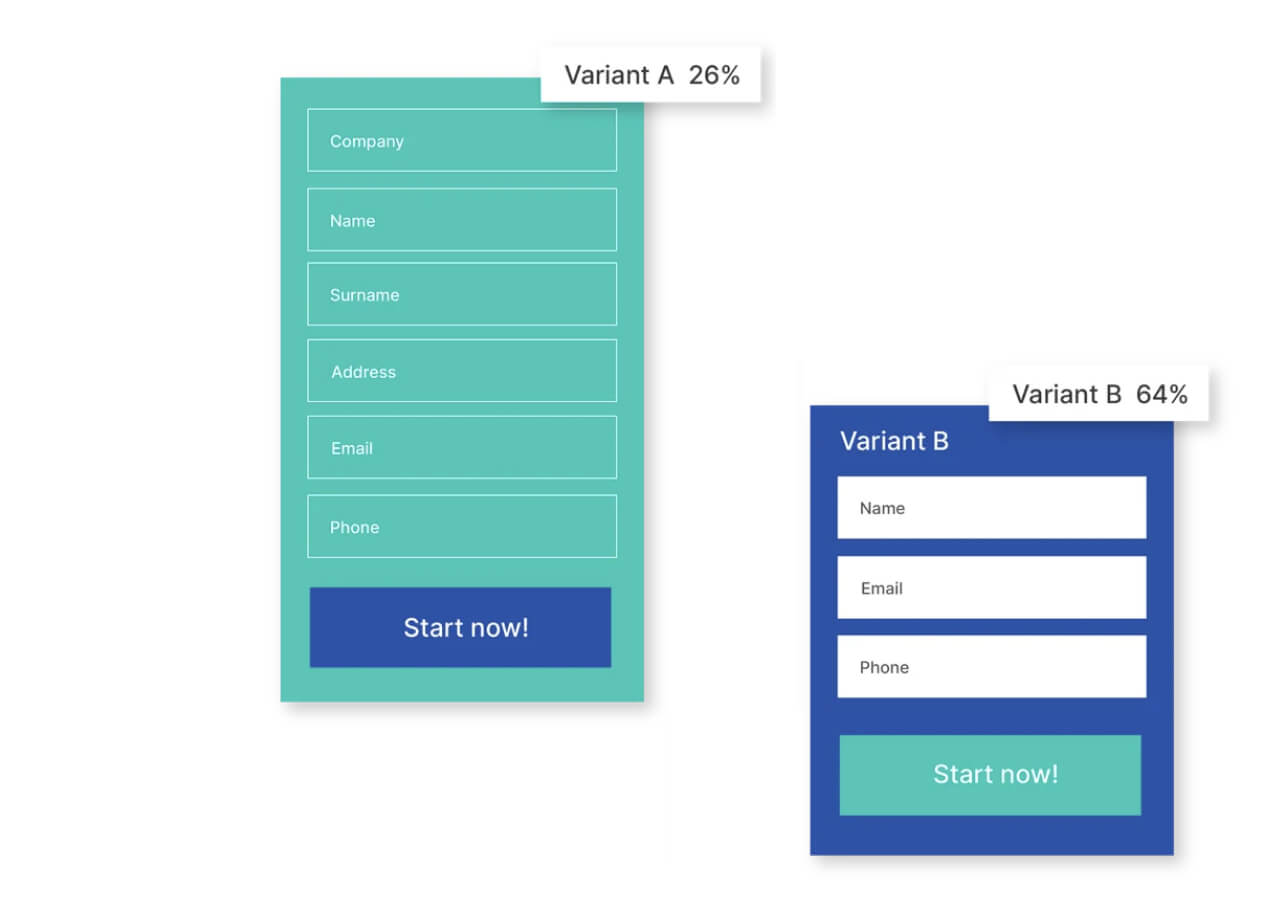
And since the issue of time was mentioned.
The bigger the form, the more fields to fill up, and the less likely people are going to do it. Incentive or not.
Always ask for the most essential things. If there are other details that you can ask for later or the ones you already hold in your CRM from the activities in the past, don’t ask for them again.
But what if you do need to ask a lot of questions?
The funnel might do the trick. Instead of presenting one massive form that may scare people away from even starting, you can split it into steps: two, three, or more if needed. Each step shows only a partial form. A few fields, hiding the rest in further steps. The rule is that if one starts filling it up the more likely one will go all the way and finish.
Of course, not all users will convert this way. But a good funnel allows for keeping even partial data. So, even if your user will not finish the complete funnel, you will still get some information based on the partially filled form. And with that in mind, start by asking for the essential data in the first step of the funnel.
Encouraging response on larger forms
If you are not able to use or create a funnel and your form needs to be large, again on such occasions an incentive may also be a great idea. This way you are rewarding users for the time and information they gave you.
Let’s say you are researching the market before the new product or service is introduced. You want to ask many different questions. The additional offering of a discount on one of your current, similar products or even a gift card – all depending on your actual business situation – may be the perfect “Thank you”.
Building goodwill
Landing pages and forms are sort of a bit simpler yet still “surveys”. Sometimes all that the company is asking about are simple contact details, but on occasion, you may also need to ask for some more or very sensitive information. Depending on the answer such clients will be assigned to a different workflow in your CRM.
Similarly, if the company that collects the data has – let’s say – not great press and PR, a well-thought-out incentive may be something essential in order to get leads from visitors.
However, the subject of offering an incentive in exchange for completing the form has also some downsides. It is important to be aware that it is not all “gold”. This way you can make a conscious decision if you want to offer an incentive or not.
Get 111 Landing Page Examples—The Ultimate Guide for FREE
Cons of offering an incentive in exchange for lead data
Below, we will mention a few negatives that may be a result of an incentive added to a landing page and form.
Of course, there are others. We thought those were the most important ones you should be aware of.
Leads quality in question
In an ideal world, each of your landing pages and forms would have a 100% conversion rate and each of the leads would be the hottest one. Each one would be your ideal, perfect customer.
I am sure you are aware not only that we do not live in such an ideal world in general, but the reality is very far from perfect.
The main problem with offering an incentive in exchange for the lead data is the quality of those data or the leads themselves. Again, this will be different for different types of companies, customers and forms. For some, it may not even be an issue at all.
But more often than not an offering – especially if it is something truly “interesting” to a large number of customers, you may get lots and lots of leads from those who are only interested in the lead magnet itself.
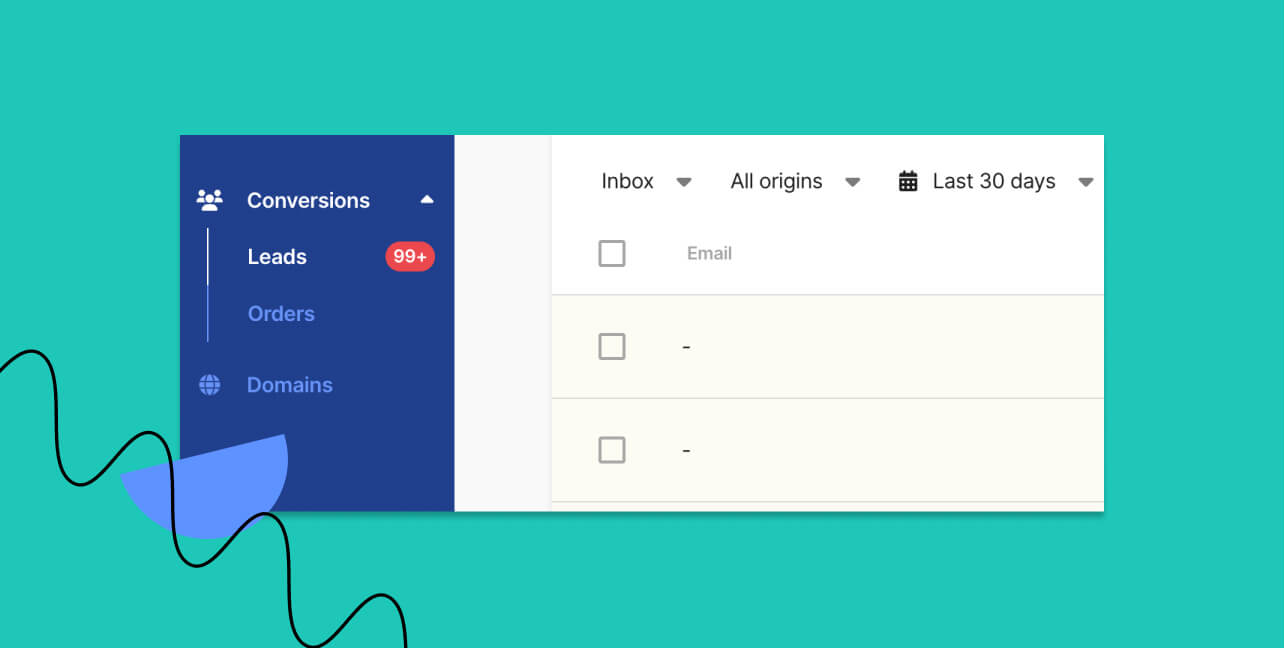
Such incentives tend to attract so-called “reward-seekers”. All they care about is the incentive itself. They will not become your true customers, they will not help to increase your overall or customer-specific income or ROAS (return on ads spend).
You may get tons of useless data that you or your team will have to deal with.
This is why the incentive itself should not be overused – truly, not every form and landing page needs one. And sometimes it is better to get fewer high-quality leads than hundreds or thousands of useless ones.
But not only that. As we mentioned above, besides the decision about offering an incentive or not, the incentive itself is equally important. Its form, value, how it is delivered, and when all may have an impact both on the conversion rate and on the quality of the leads.
If you overdo it, then the main goal of the landing page and why you collect the data becomes secondary to the visitors.
Budget losses
This part is almost self-explanatory, but we thought it was still worth reminding. Of course not all incentives offered might have such an effect. But some may.
Not only will your leads not cover your marketing expenses, but on some occasions, discounts or some gift cards/coupon codes might actually even further increase your cost and create losses. The same goes if you use any sort of email marketing. Sending out messages that will never give any return is a loss.
The necessary time to deal with cold leads
Above, we mentioned that the quality of leads may become compromised if the incentive is used in the wrong way or if the incentive itself is not thought through.
Either way, you will have to deal with low-quality leads.
That means you will need additional resources to sift the wheat from the chaff.
If you don’t your next marketing campaign may be compromised on many levels.
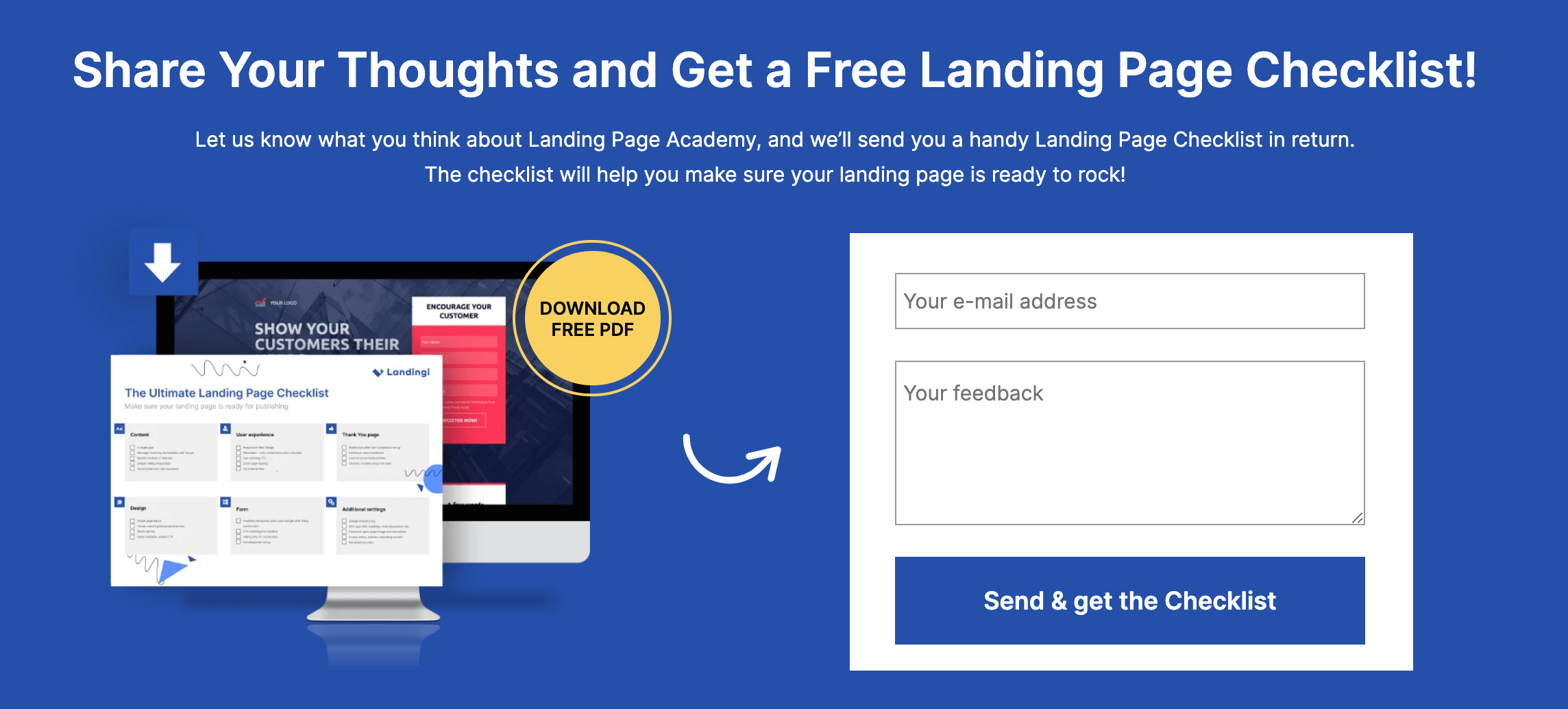
The truth or…
What if you are also asking for feedback or opinion?
If you use a lead magnet there is a risk of getting a biased answer.
If it is just simple contact data your form is collecting, no problem. But if you’re also seeking any sort of opinion from your clients an incentive might influence their response. In that case, you may not get the leads and honest opinions from truly interested parties. Instead, the overall picture and conclusion you will get might be more or less twisted.
Incentives on landing pages – to sum it all up…
Adding a lead magnet to the landing page is something that should be carefully thought-through. First, decide if it is needed at all – if it will not only get you more leads but also if those leads will be of the same value and quality as those collected without a lead magnet.
When you decide that this is the right way, the same process should be followed in order to come up with the right type of incentive.
If it is too attractive, it may have a negative effect on your overall campaign – on leads quality or straightforward on your budget.
If it is not something your customers are interested in, all the time and effort you have put into adding it will have zero impact on the number of leads.
Having said all the above it is always a good idea to consider adding an incentive rather than not. But, it is not a sure recipe for a certain success and a straightforward thing to do.




